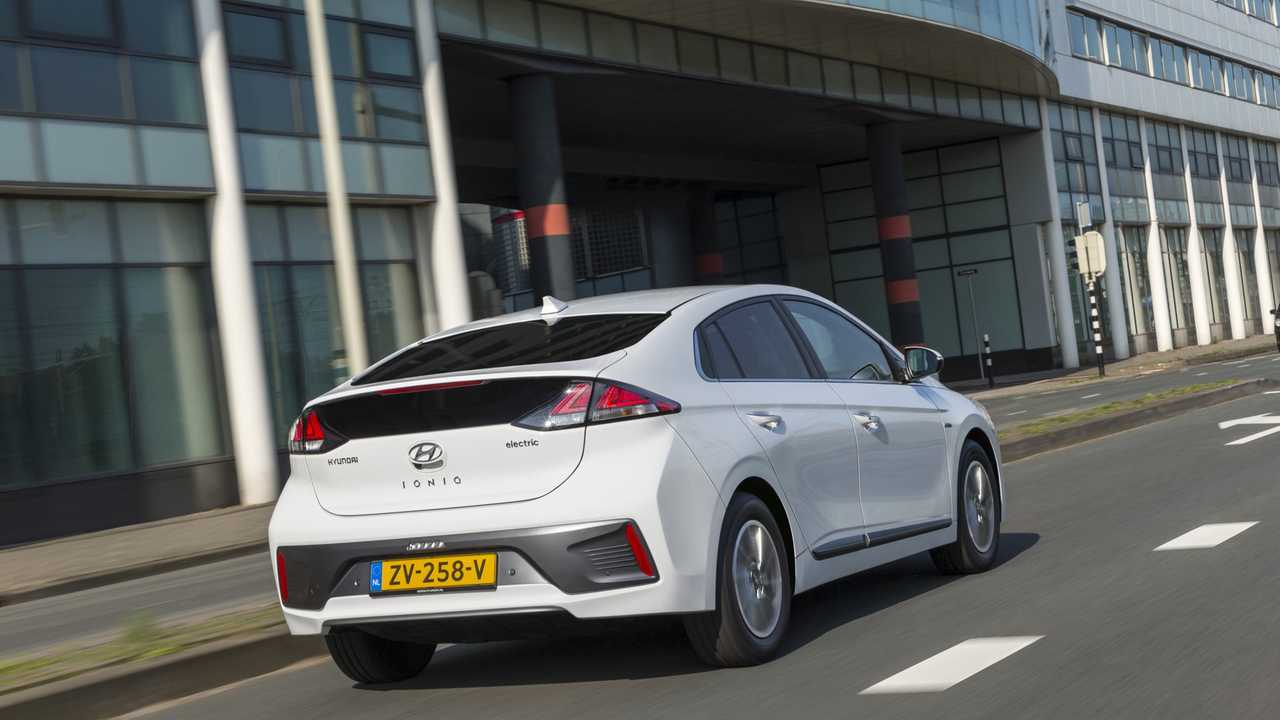Instead of purely cosmetic changes, the new EV has important improvements.
It is hard to believe the Hyundai Ioniq Electric was presented three years ago, but it was. In 2016, it made its premiere with a disappointing battery pack of 28 kWh and a 110 mi (180 km) range. Its mid-cycle restyling finally made its official debut in Amsterdam, the same place where the world premiere took place. But not all is the same. The model chose to do meaningful changes instead of the traditional merely aesthetic ones.
The battery pack was improved to 38.3 kWh, good for a WLTP range of 311 km (193 mi), according to Hyundai. When the facelift was announced, back in June, there was the expectation that it would offer a range of only 293.8 km (182.6 mi).
That is much better than the previous one and possibly all the South Korean carmaker could provide without an entirely new generation of the car.
Another welcome change was done to the onboard charger, which is now capable of pushing 7.2 kW instead of the previous 6.6 kW. That translates into a 6 hours and 5 minutes charging time for up to 80 percent of charge.

The older model took only around 5 hours to charge to the same 80 percent of capacity, but that is due to the fact that the battery pack was much smaller. We definitely prefer to wait a little longer for charging. Preferably taking a nap.
Besides the improved range and the stronger onboard charger, the new Ioniq brings a new interior, with an optional 10.25-inch Audio Visual Navigation (AVN) system that includes new connected services.

When it goes on sale in Europe, it will cost €34,900 ($39,500). At least in Germany, where the hybrid is already for sale for €25,800 and the plug-in hybrid costs €32,000.

